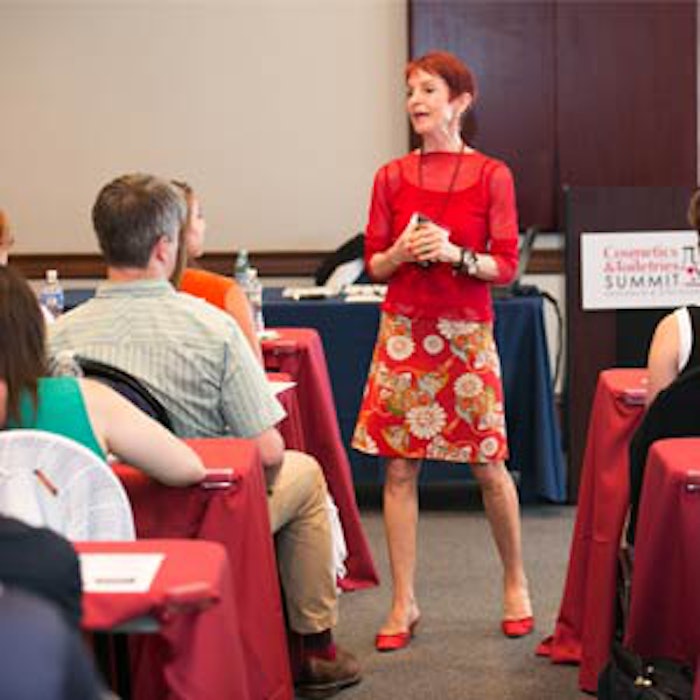
The personal care industry launches about 20,000 products each year. And while consumers are looking for newness, it’s not always enough. During a presentation held as part of the 2015 C&T Summit at the University of Pennsylvania in Philadelphia, Karen Young, CEO of The Young Group, stressed that the beauty industry has trained the consumer and retailer to always look for the new.
Yet a brand has just four seconds to attract a consumer. How can brands succeed? By innovating. If your company doesn’t innovate, someone else’s will, said Young. Brands have to create better products fast and be proactive in developing projects.
As a result, marketing teams should be providing R&D groups with feedback on what is happening in the marketplace, particularly regarding how consumers’ lives are changing and what trends are impacting retail. Marketing should also study competition in all distribution channels, seeking patterns.
Nimble marketing and R&D should be identifying white spaces and bringing in new technologies to fill them. Teams must assemble and set priorities quickly. Of course, said Young, it is often easier for smaller companies to move faster than their larger counterparts, which is precisely why large players so often acquire smaller innovators. Small teams have fewer layers of decisionmakers hindering creativity.
Marketing is also crucial in creating compelling stories with emotional connections. People remember stories, said Young. If brands tell stories rather than merely making claims, consumers will remember and connect with them.
C&T Summit speaker Mark Chandler, president of ACT Solutions Corp., explained that R&D can also play a role in forging emotional connections with consumers. He noted that connecting with the target consumer requires a mix of marketing aesthetics and performance. If consumers like a product and feel a product truly performs, they’re bound to use it more often.
To assist R&D, marketing should provide a brand strategy that delivers growth, with clear R&D priorities for products, technologies and categories that are aligned with consumers’ needs. Each product should be accompanied by a detailed product profile. Meanwhile, R&D should be identifying creative new technologies, ingredients, delivery systems and textures, said Young. They must also manage the process through product testing and packaging, safety testing, clinical trials and regulatory.









